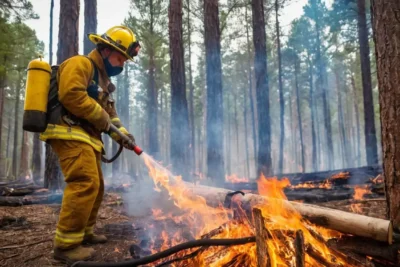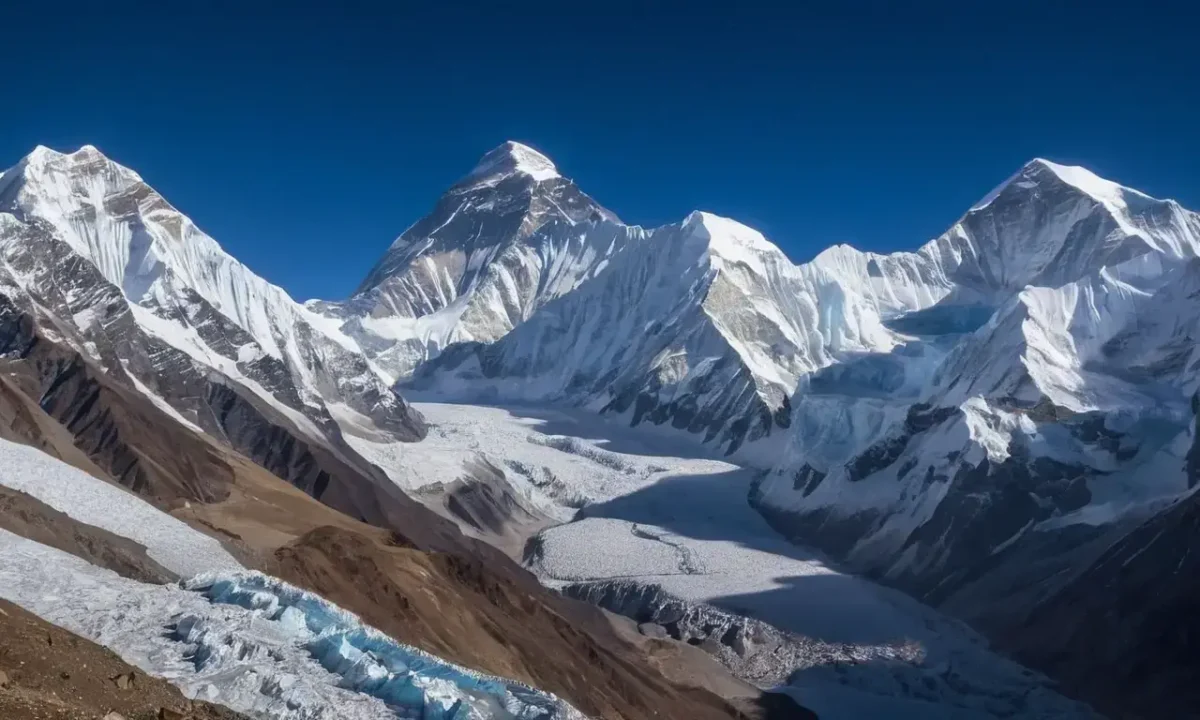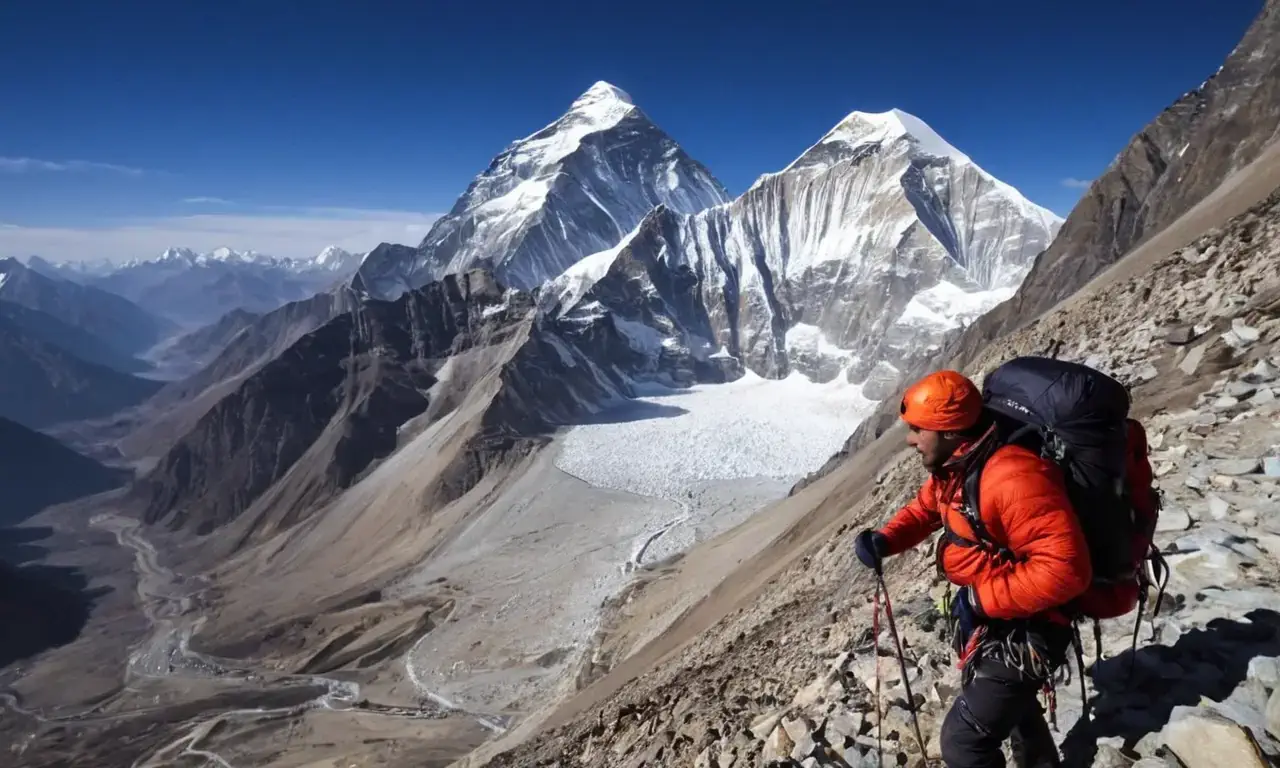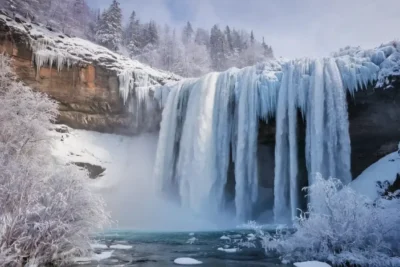
Highest Mountain: Everest vs. K2 & Other Contenders

Mountains have always captivated humanity, inspiring awe and wonder since time immemorial. These majestic landforms not only serve as natural wonders but also hold significant cultural and historical importance. Among the many peaks that dot our planet, some stand out for their sheer size and challenging terrain. One of the most enduring questions in mountaineering is: "What is the highest mountain in the world?" This seemingly simple question delves into a complex interplay of geographical measurements, climbing techniques, and human ambition.
This article aims to explore the various contenders for the title of "highest mountain," examining not only the iconic Mount Everest but also other notable peaks like K2, Kangchenjuga, Lhotse, and Mekalu. We will delve into the different ways we measure mountain height, discuss the unique challenges posed by each peak, and highlight the impact of altitude on mountaineering endeavors. By understanding these factors, we can appreciate the incredible feats of human endurance and the enduring fascination with these natural wonders.
Measuring Mountain Height
The concept of "highest mountain" is not as straightforward as it may seem. Different methods exist for determining this height, each offering a unique perspective:
- Elevation Above Sea Level: This method considers the vertical distance between the mountain's base and sea level. Mount Everest holds the record here at 29,032 feet (8,848 meters), making it the highest point on Earth above sea level.
- Base Elevation: This measurement focuses on the elevation of the mountain's base, often measured from a reference point like a nearby valley or plain. While this method can provide a more accurate representation of the mountain's actual height in some cases, it doesn't always account for variations in terrain and geological formations.
- Altitude: This term refers to the vertical distance between two points on Earth's surface, often used interchangeably with elevation. Altitude is measured using barometric pressure and can vary significantly depending on location and atmospheric conditions.
Understanding these different measurement methods allows us to appreciate the nuances of mountain height and how it influences our perception of these natural wonders. While Mount Everest holds the record for "highest above sea level," other peaks like K2 challenge climbers with their technical difficulty, making them equally impressive in their own right.
Everest vs. K2: A Tale of Two Titans
When discussing the highest mountain, two names consistently dominate the conversation: Mount Everest and K2. Both are located in the challenging terrain of the Himalayas, attracting mountaineers from around the globe.
Mount Everest, standing at a towering 29,032 feet (8,848 meters) above sea level, holds the Guinness World Record for the highest point on Earth. Its iconic status is largely due to its accessibility and the numerous expeditions that have attempted to summit it. However, K2, often referred to as "the Savage Mountain," presents a different challenge.
K2 boasts an even greater vertical drop from base to peak, reaching 28,251 feet (8,611 meters). This makes it technically more challenging than Everest, with its steep slopes and unpredictable weather conditions making it one of the deadliest mountains in the world. Despite this difficulty, K2 continues to attract experienced climbers who seek to conquer its formidable peaks.
The choice between Everest and K2 often comes down to personal preference and risk tolerance. While Everest offers a more accessible challenge for many aspiring mountaineers, K2 demands a higher level of technical skill and physical preparation. Ultimately, both mountains represent the pinnacle of human ambition and serve as testaments to our ability to push the boundaries of what's possible.
Kangchenjuga, Lhotse, and Mekalu: Contenders for the Title
Beyond Everest and K2, other notable peaks challenge the notion of "highest mountain." These include Kangchenjuga, Lhotse, and Mekalu, all located within the Himalayan range. Each of these mountains boasts unique characteristics that make them compelling climbing destinations.
Kangchenjuga, meaning "five-peaked," is a prominent peak in Nepal, known for its challenging terrain and stunning views. Its elevation reaches 28,169 feet (8,611 meters), making it one of the most significant contenders for the title of "highest mountain." Lhotse, located on the border between Nepal and Tibet, stands at a height of 27,940 feet (8,516 meters). Its proximity to Everest makes it another popular destination for climbers seeking to test their limits.
Finally, Mekalu, situated in the Mahalangur Himal region of Nepal, boasts an elevation of 27,838 feet (8,475 meters). While not as widely known as its Himalayan neighbors, Mekalu offers a unique climbing experience and continues to attract adventurers seeking to explore this less-traveled terrain.
These mountains highlight the diversity of the Himalayas and demonstrate that the pursuit of "highest mountain" is not limited to just two peaks. Each peak presents its own set of challenges and rewards, making them all worthy contenders in the world of mountaineering.
Climbing Challenges and Safety Considerations

Mountaineering, especially on challenging peaks like those mentioned above, comes with inherent risks. Climbers must be prepared for a range of hazards that can significantly impact their safety and success.
One of the most significant challenges is altitude sickness. As climbers ascend higher, the air becomes thinner, leading to oxygen deprivation. This can manifest as headaches, fatigue, nausea, and in severe cases, even death. To mitigate this risk, climbers often acclimatize themselves gradually by spending time at lower altitudes before attempting their ascent.
Weather conditions also play a crucial role in mountaineering expeditions. The Himalayas are known for unpredictable weather patterns, with sudden changes in temperature, wind speed, and precipitation. Climbers must be prepared to adapt their plans based on these changing conditions and have contingency plans in place.
Furthermore, the technical difficulty of climbing these mountains is another significant factor. Many peaks require specialized skills like ice axe usage, crevasse rescue techniques, and glacier travel. These skills are essential for navigating challenging terrain and ensuring the safety of climbers during their expeditions.
The Impact of Altitude on Mountaineering
Altitude significantly impacts both physical performance and mental well-being in mountaineering. As climbers ascend higher, the air pressure decreases, leading to a reduction in oxygen availability. This can cause various symptoms like fatigue, shortness of breath, and headaches.
To combat these effects, climbers often use supplemental oxygen during their ascent. This allows them to maintain adequate oxygen levels and improve their overall performance. Additionally, acclimatization is crucial for adapting to the thinner air at higher altitudes. By spending time at lower elevations before attempting a climb, climbers can gradually adjust their bodies to the reduced oxygen levels.
Mental resilience is also essential in mountaineering. The isolation of high-altitude environments can take a toll on climbers' mental well-being. It's crucial for them to maintain a positive mindset and stay focused throughout their expeditions. This includes having clear goals, celebrating milestones, and relying on support networks both during and after the climb.
Conclusion
The quest to find the "highest mountain" is an ongoing journey that reflects humanity's desire to push boundaries and explore the unknown. From Everest's iconic status to K2's technical challenges, each peak offers a unique experience for those who dare to attempt its summit.
Understanding the various factors involved in mountaineering, including altitude effects, weather conditions, and safety considerations, is crucial for aspiring climbers. By preparing adequately and respecting the inherent risks, individuals can embark on these expeditions with greater confidence and enjoy the incredible rewards of conquering some of the world's most challenging peaks.
Leave a Reply





Related Links